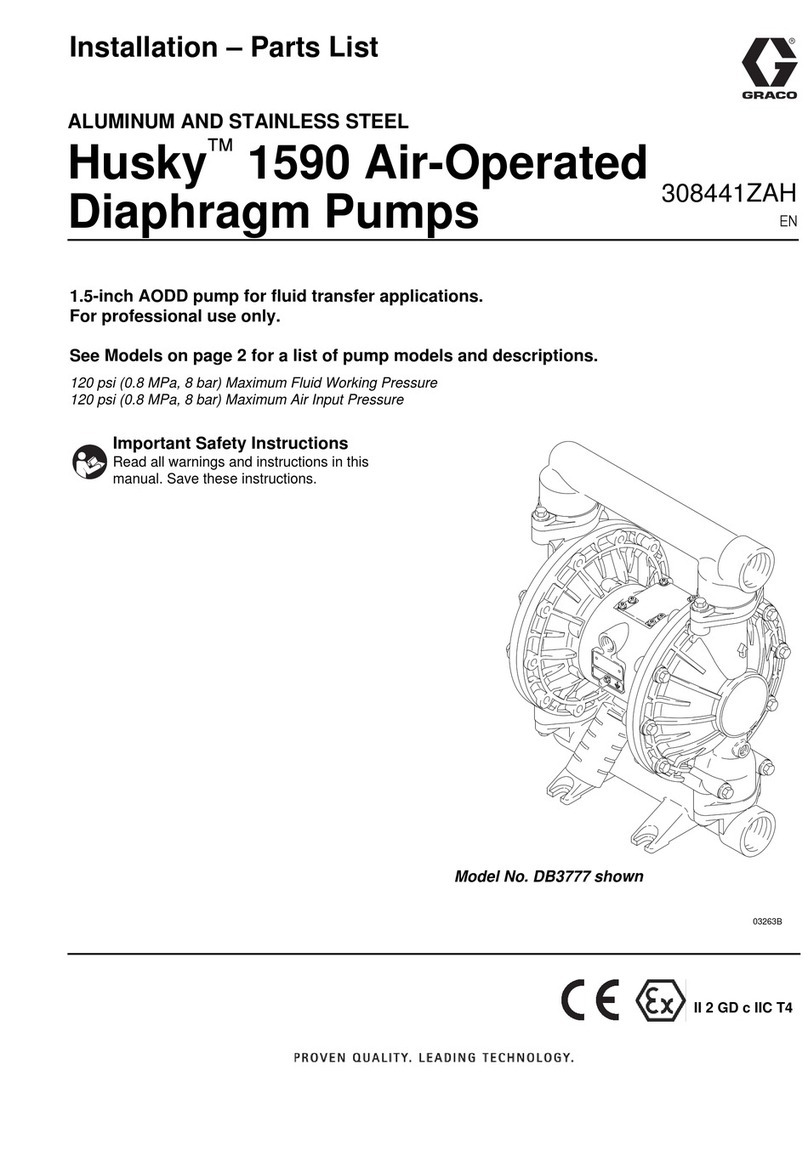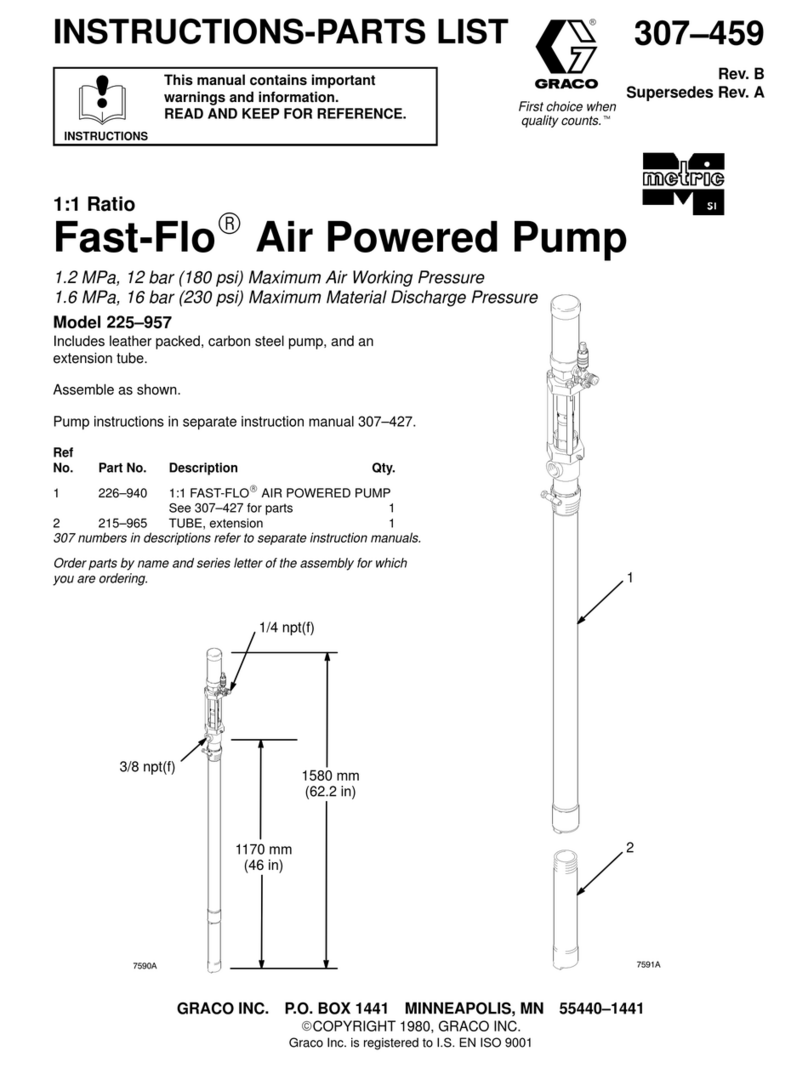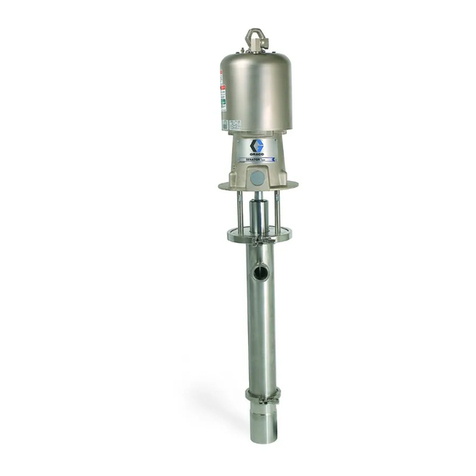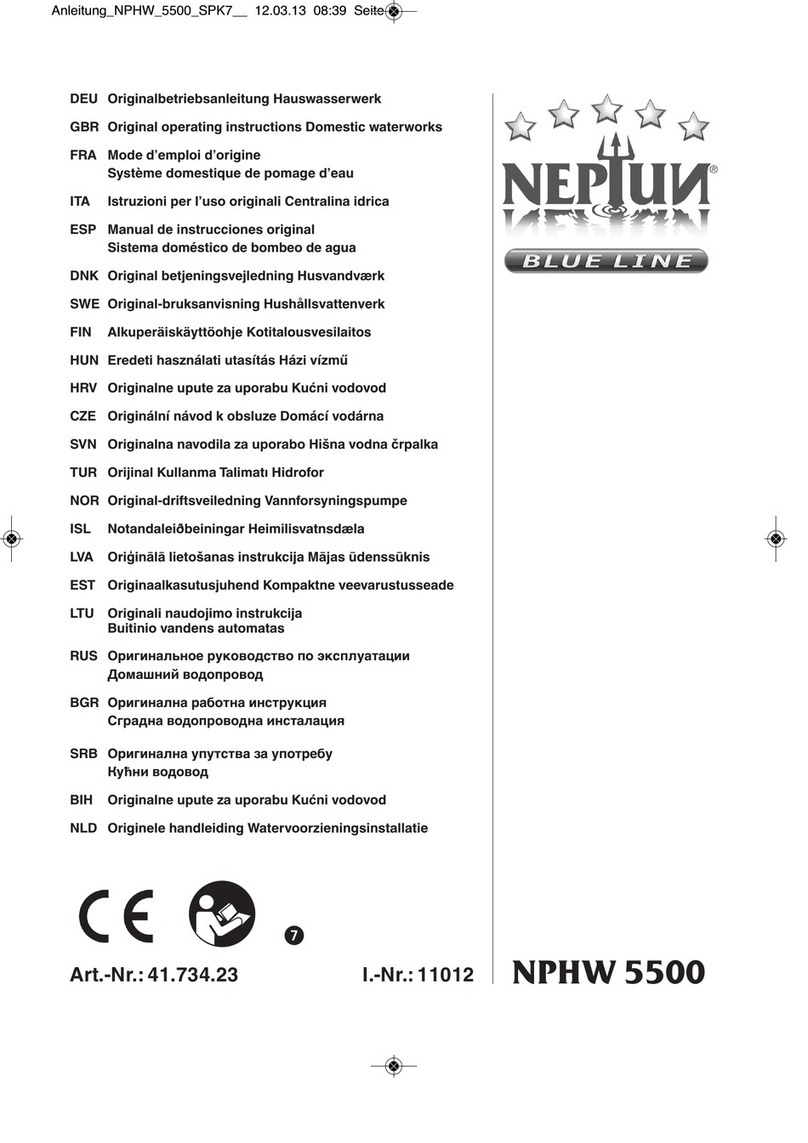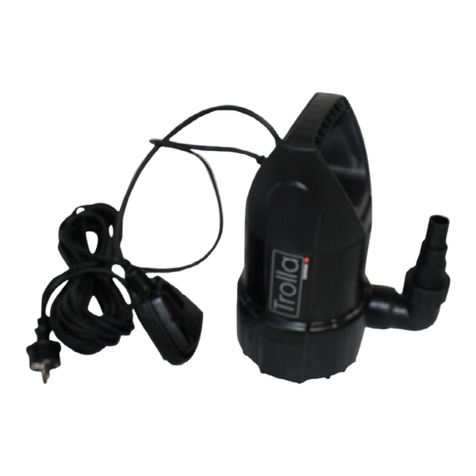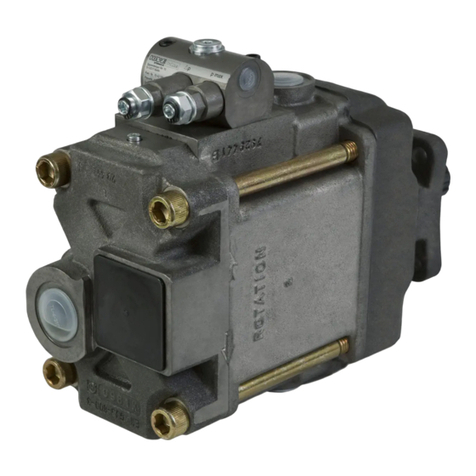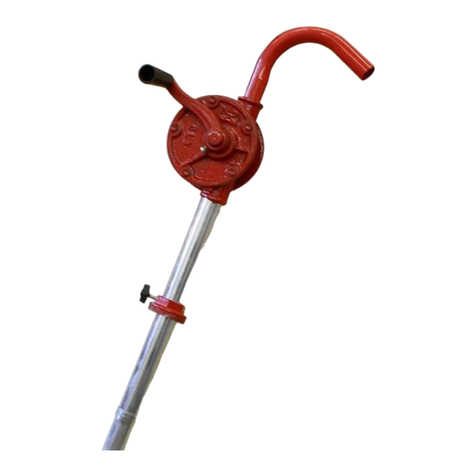Graco Series D Operation manual
Other Graco Water Pump manuals
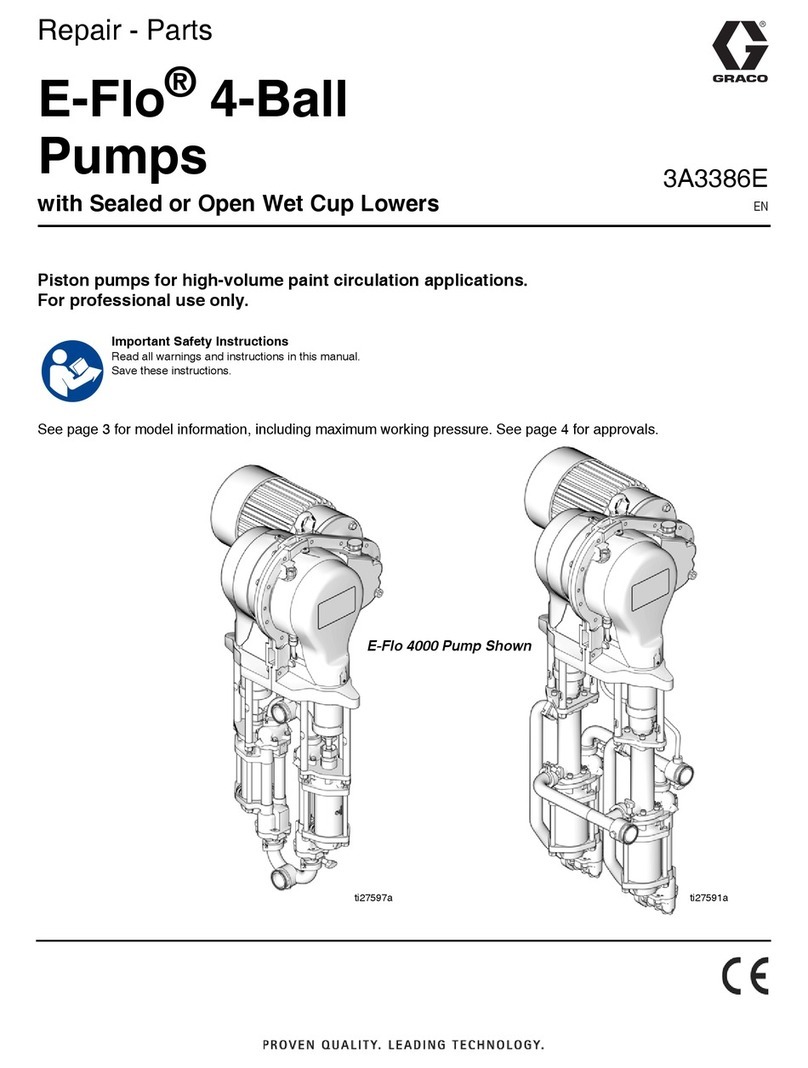
Graco
Graco E-Flo EP G Series Use and care manual
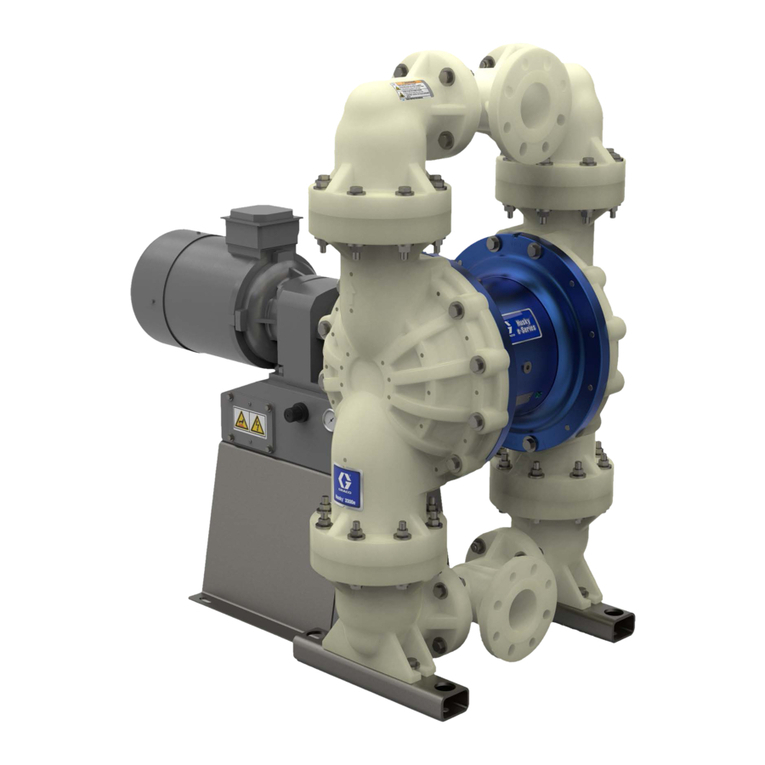
Graco
Graco Husky 3300e User manual
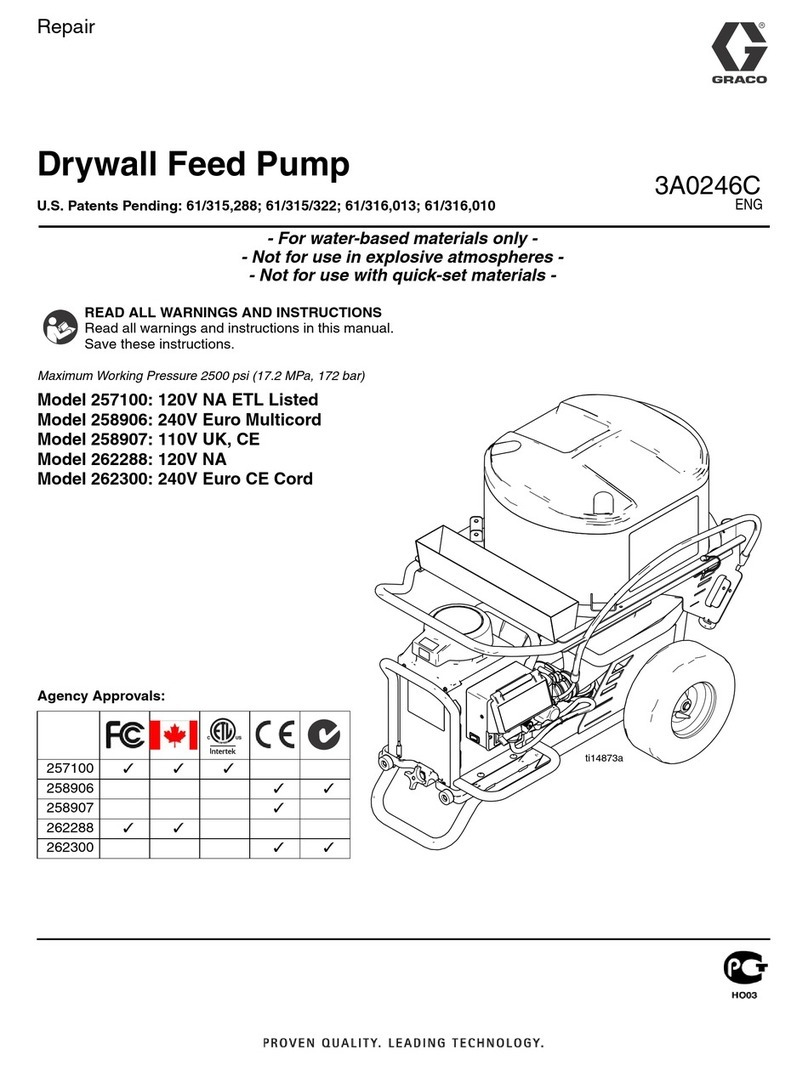
Graco
Graco 258906 Assembly instructions

Graco
Graco 17C487 Operating instructions

Graco
Graco BLUE DEVIL 260000 Operation manual
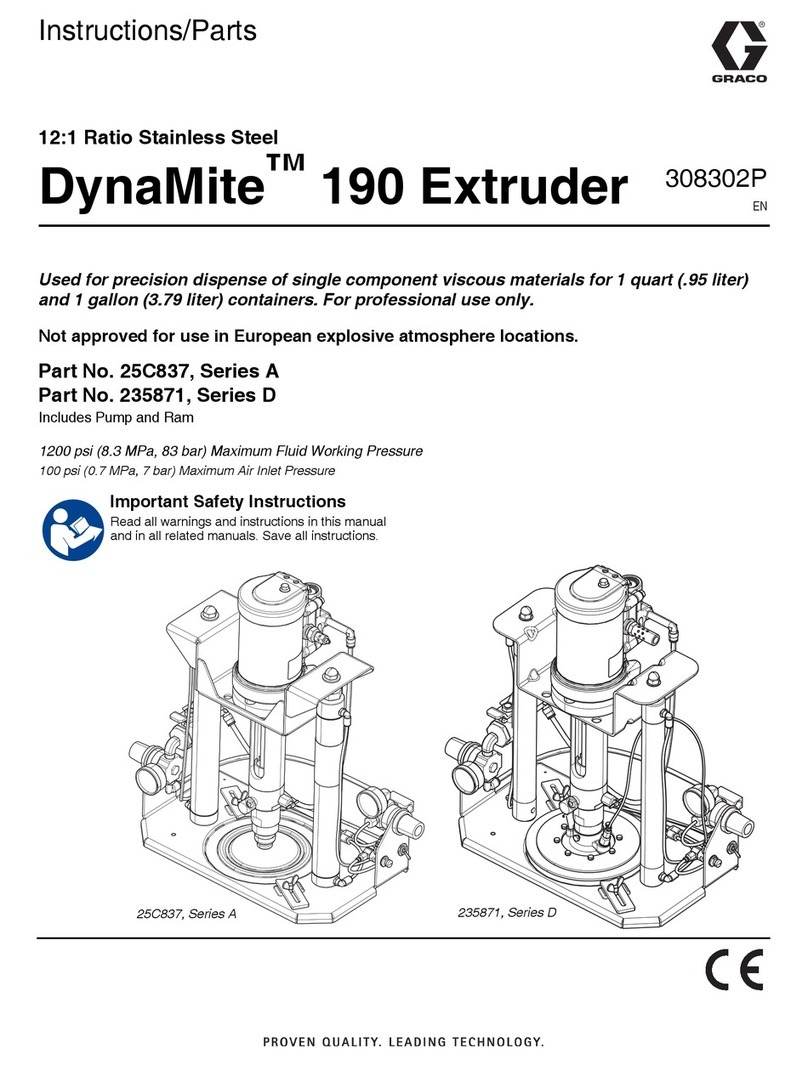
Graco
Graco 25C837 Parts list manual

Graco
Graco Husky 2200 Instruction Manual
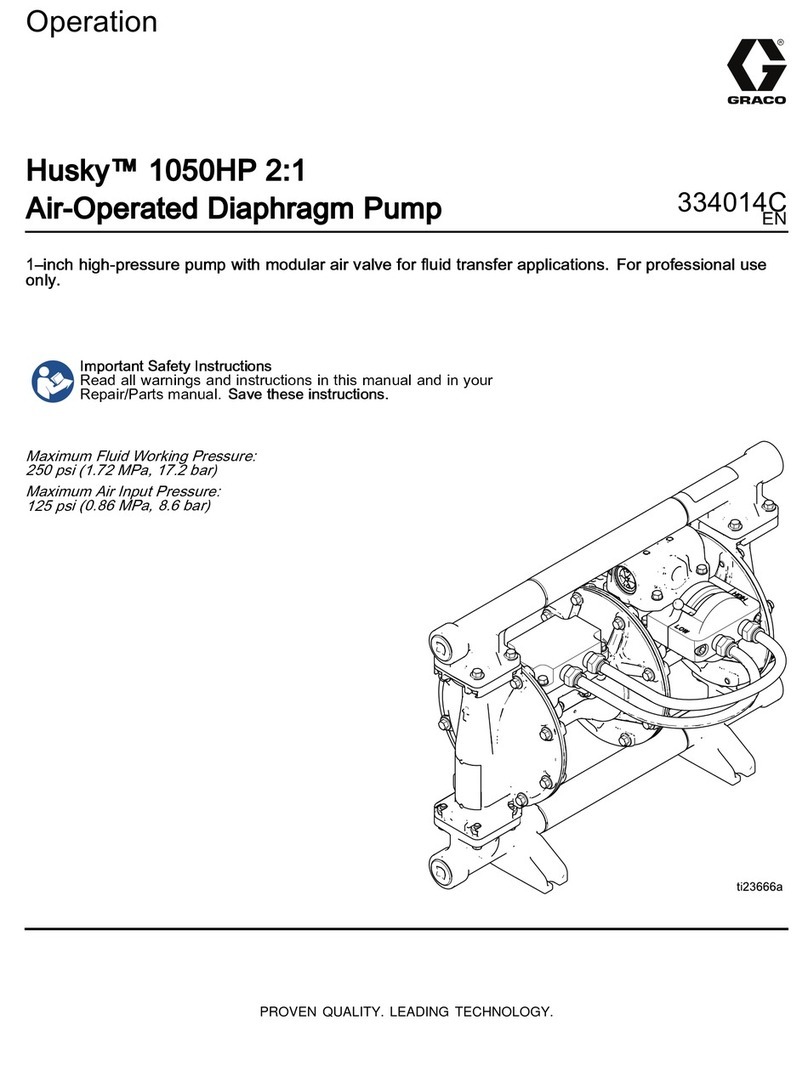
Graco
Graco Husky 1050HP Instruction Manual
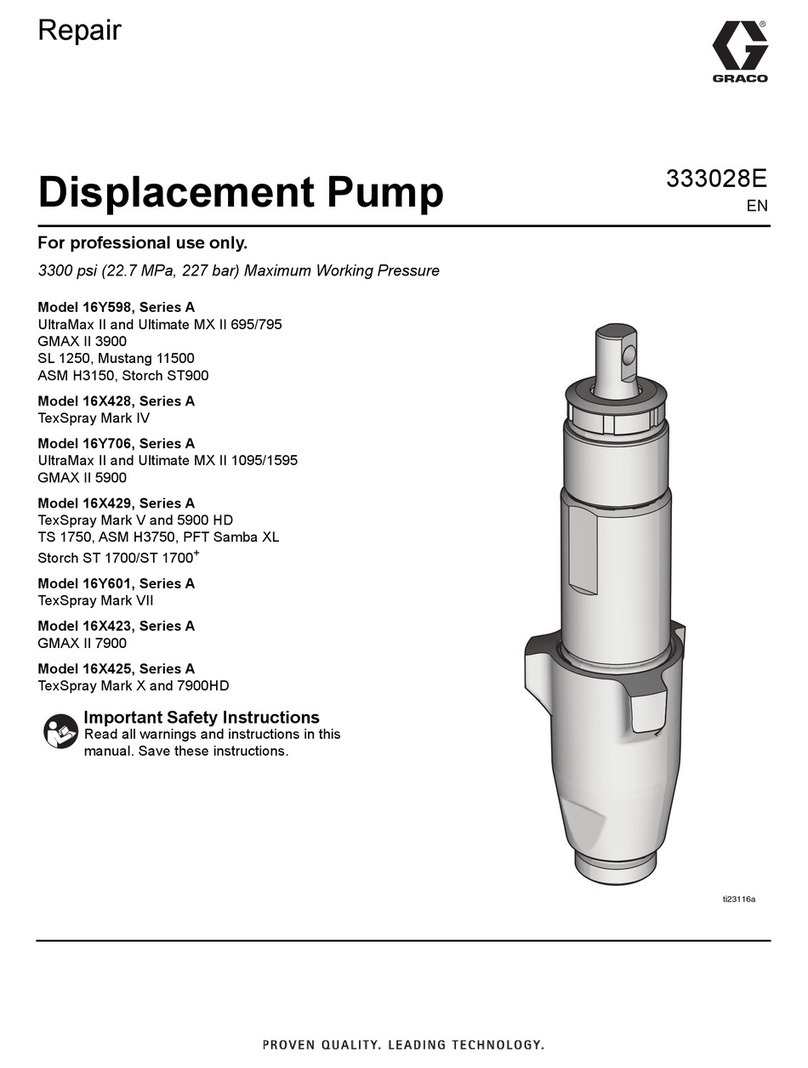
Graco
Graco 16Y598 Operating instructions
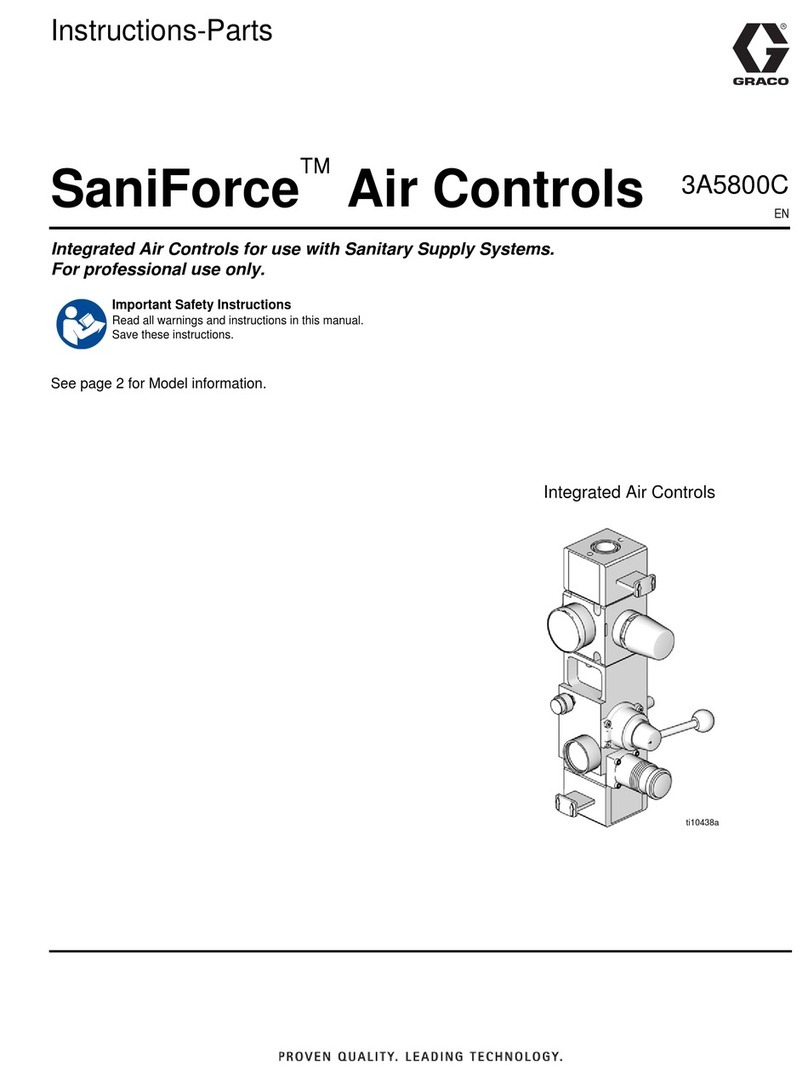
Graco
Graco SaniForce Series Parts list manual
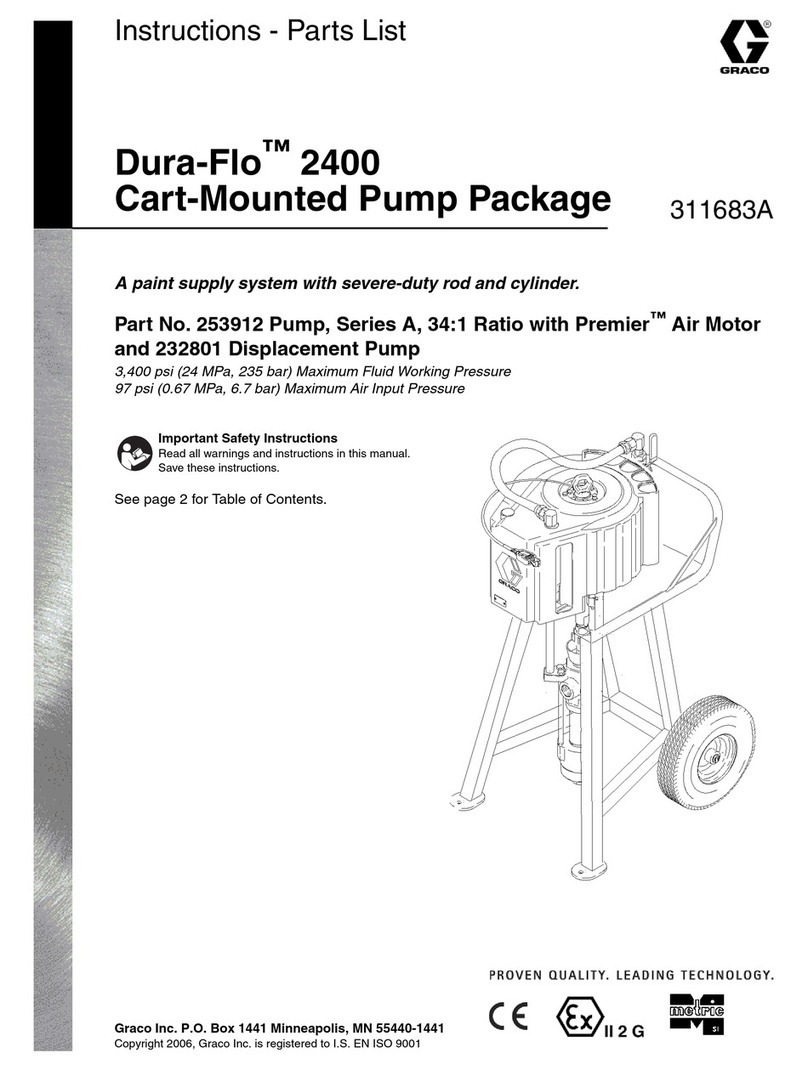
Graco
Graco Dura-Flo 2400 Datasheet
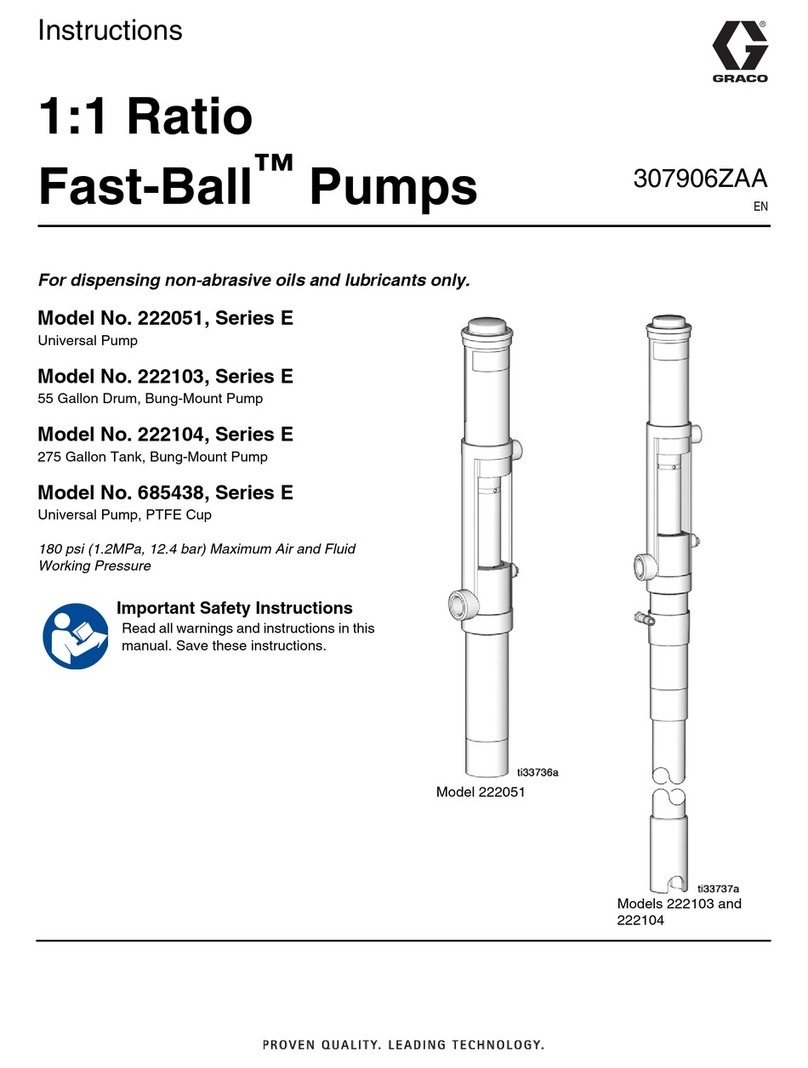
Graco
Graco Fast-Ball 222103 User manual

Graco
Graco 232-105 Operation manual
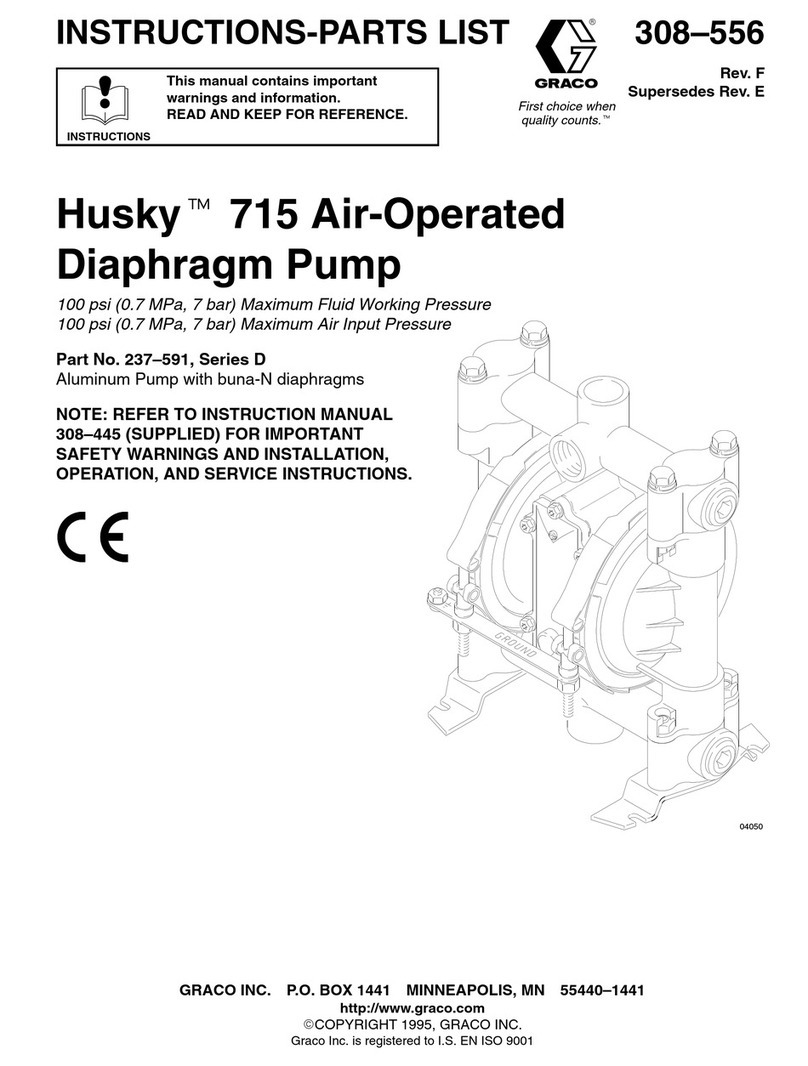
Graco
Graco Husky 715 Operation manual

Graco
Graco RoadLazer HPS 135 Severe Duty Guide
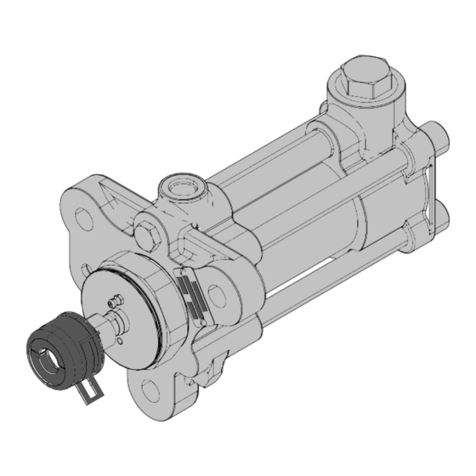
Graco
Graco Z-Pump Elite Series User manual
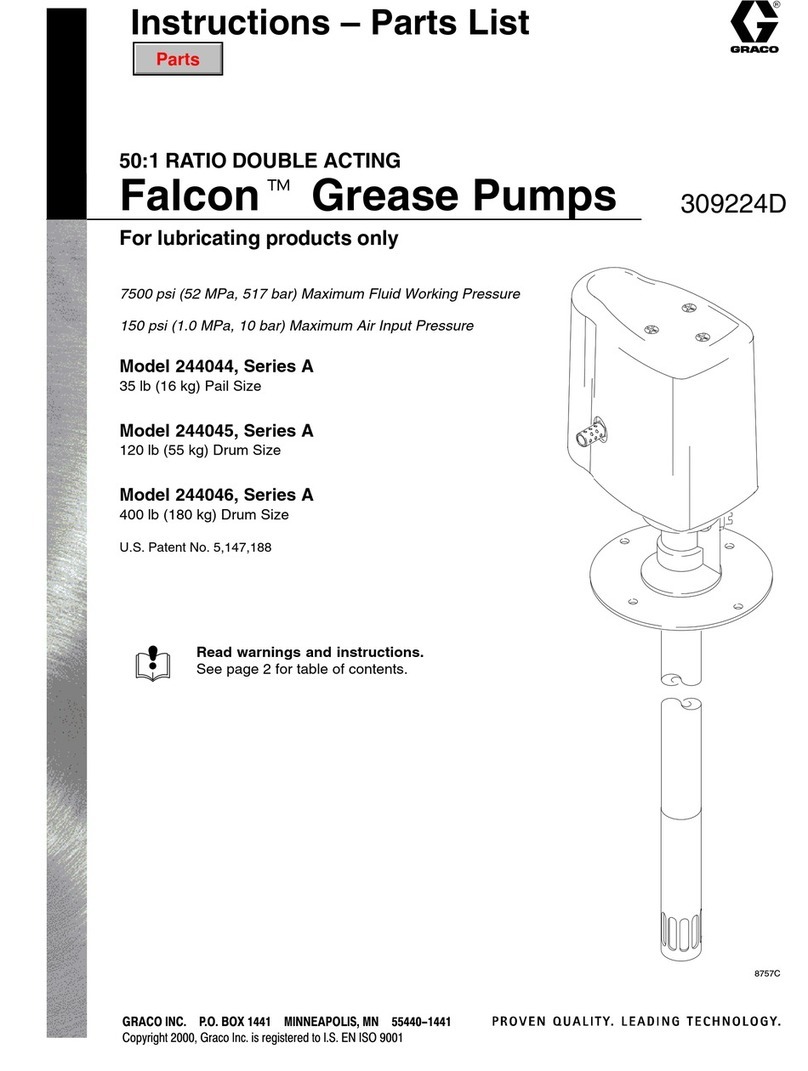
Graco
Graco Falcon A Series User manual
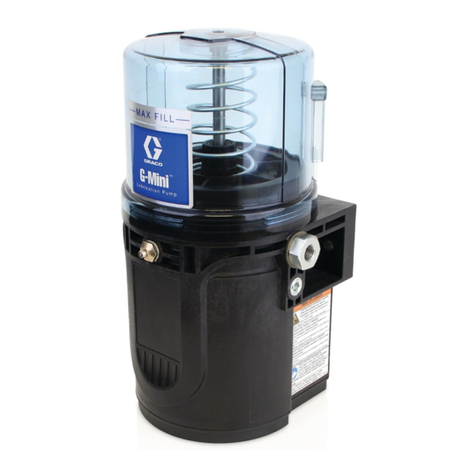
Graco
Graco G-Mini 25R800 User manual

Graco
Graco saniforce 1590 Manual
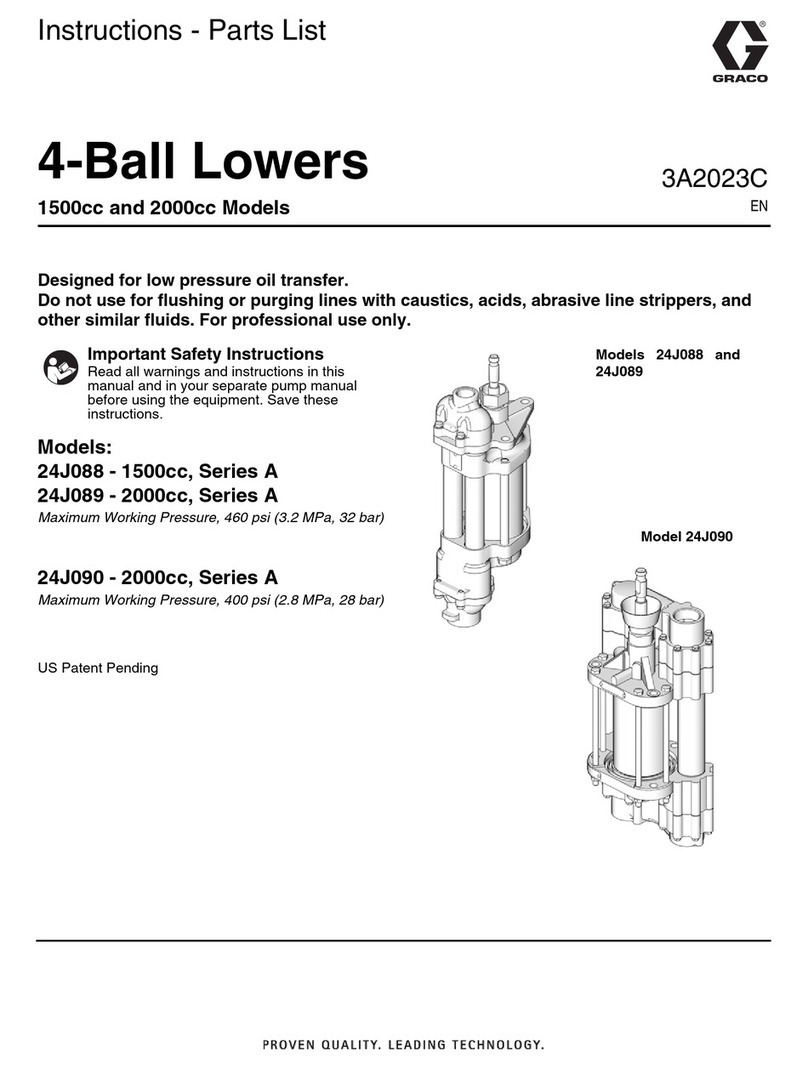
Graco
Graco Series A Operation manual
Popular Water Pump manuals by other brands

Fieldmann
Fieldmann FVC 5015 EK user manual
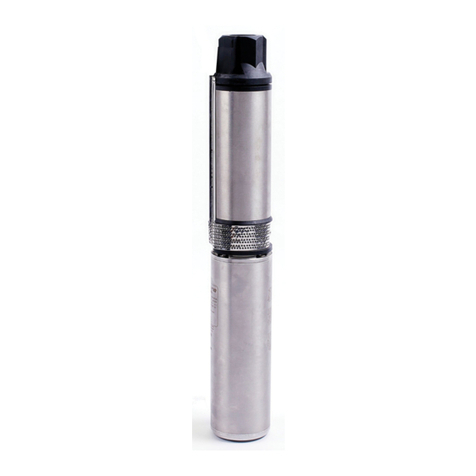
Everbilt
Everbilt EFSUB5-122HD Use and care guide
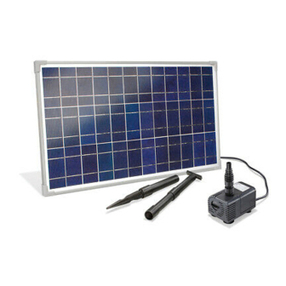
esotec
esotec 101018 operating manual

Becker
Becker BASIC VASF 2.80/1-0.AC230 operating instructions

Sykes AmeriPumps
Sykes AmeriPumps GP100M Operation and maintenance instructions

DUROMAX
DUROMAX XP WX Series user manual

BRINKMANN PUMPS
BRINKMANN PUMPS SBF550 operating instructions

Franklin Electric
Franklin Electric IPS Installation & operation manual
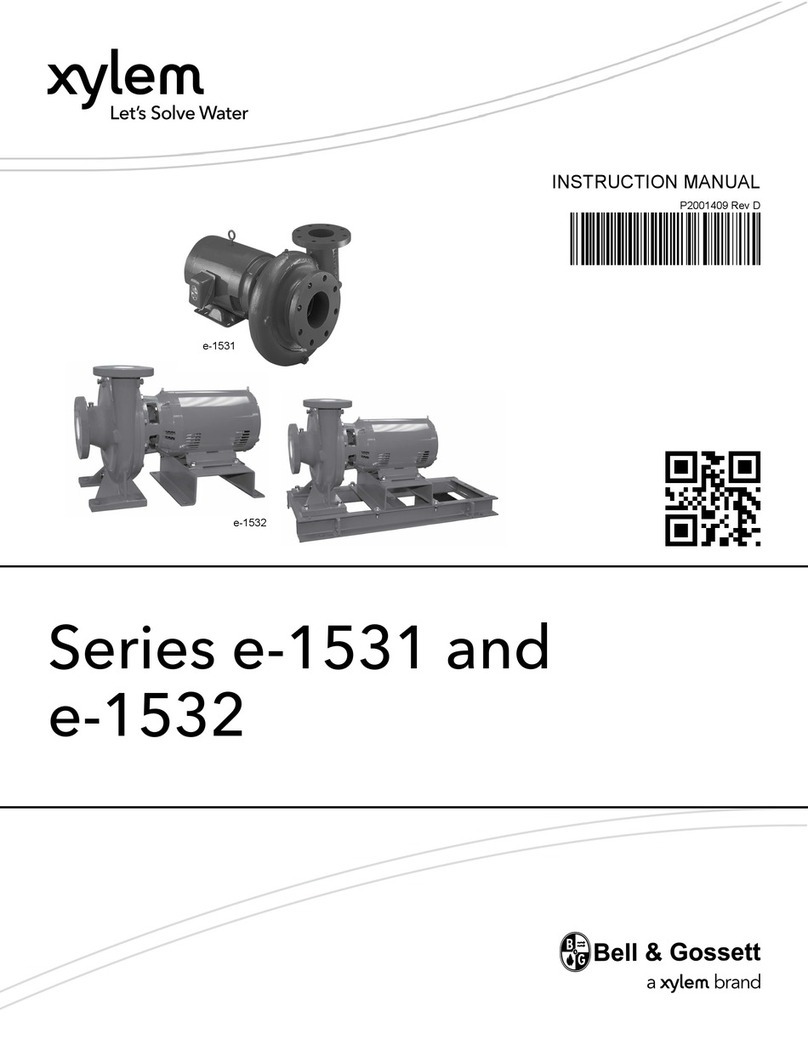
Xylem
Xylem e-1532 Series instruction manual

Milton Roy
Milton Roy PRIMEROYAL instruction manual
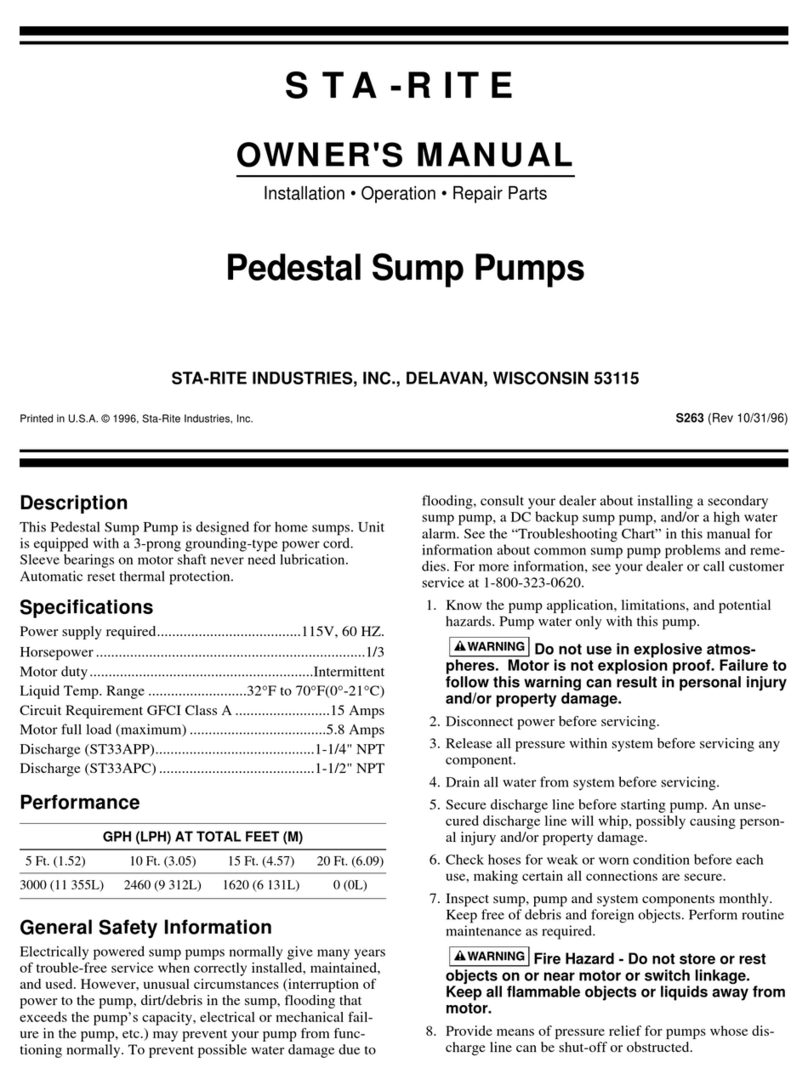
STA-RITE
STA-RITE ST33APP owner's manual

GÜDE
GÜDE HWW 900 GC Translation of the original instructions

